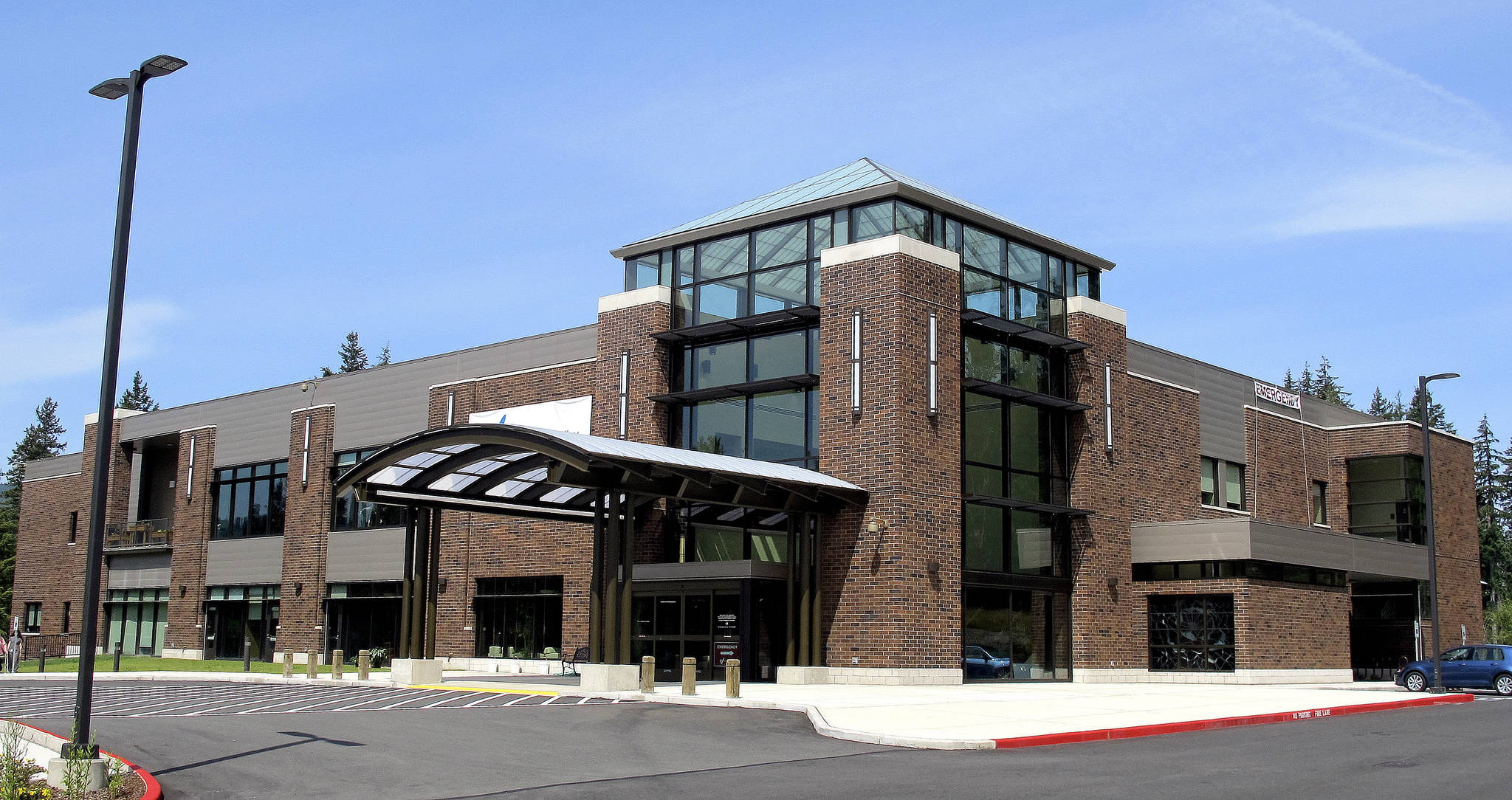Coronavirus cases are on the rise across the state, and health officials are worried about the pandemic colliding with flu season and overwhelming hospitals.
On Nov. 10, state health officials sounded the alarm about increasing COVID cases during a press conference. They signalled that either the state or counties could reinstate social distancing restrictions, if cases weren’t reduced.
“At this point in time, we have the highest number of cases that we’ve ever had, and our case counts are accelerating” said Kathy Lofy, Washington State Department of Health health officer.
Cases have grown rapidly across the state and locally. The King County coronavirus dashboard on Nov. 12 showed there were 212 cases per 100,000 people, well above the 25 per 100,000 target the county hopes to achieve. And the reproductive rate — or how many people one infected person is infecting — is 1.2.
This comes even as the number of people being tested remains relatively flat. In the spring and summer months, testing was ramped up, and more people were found to have the virus. But now, with testing holding steady, the continued rise in cases indicates more community transmission, and a growth in virus activity.
“COVID is a viral wildfire, and we are the fuel,” said Jeff Duchin, Seattle/King County Public Health officer during the briefing.
And the Snoqualmie valley is no exception, said Dr. Kimberly Witkop, interim CEO of the Snoqualmie Valley Hospital. People need to heed public health recommendations to once again flatten the curve of new infections like last spring, and again over the summer.
The most common way coronavirus has spread is by people ignoring public safety measures, and especially by people who have congregated. As the country moves into the holiday season, where people traditionally come together in close quarters to share meals, the risk for spread is even greater. Even people without symptoms can still spread the virus.
“It has been demonstrated and proven that the asymptomatic transmission is a real thing that is most prominent in the two days before symptoms begin,” Witkop said. “And the person who’s transmitting has no idea that they’re in the process of getting sick.”
She’s worried about not only her hospital, but hospitals in the region, being stretched thin if the wave of coronavirus cases keeps rising and combing with flu season.
Snoqualmie Valley Hospital has banded together with the state and other hospitals. Patients who need intensive care will be sent to larger hospitals. However, Witkop said they have ventilators on hand to stabilize patients before they’re sent to more specialized facilities.
They’ve also added three additional pressure-negative rooms to house coronavirus patients. These have specialized ventilation systems that flush the air from the rooms. In total, the hospital has nine beds set aside for COVID patients. The coronavirus wing is isolated both physically, and staffed by a special crew of healthcare workers that don’t treat other patients.
It’s a large chunk of the hospital’s capacity, which normally has room for 25 patient beds.
And although the supply chain is more stable than last spring, if a major surge of coronavirus cases hit, the hospital would be left struggling to find enough personal protective equipment, Witkop said. The Seattle Times reported that the state has stockpiled more than 30 million N95 masks, which is enough to provide every health care worker in the state nearly 100 masks.
The hospital has also been operating a drive-thru COVID testing, and flu vaccine center. They’ve also being registered as coronavirus vaccine distribution site, when vaccines become available.
Witkop urged residents to remain vigilant — to social distance, wear masks and wash their hands.
Nationwide, the Centers for Disease Control have reported some 10.5 million coronavirus cases and more than 242,000 deaths since the pandemic began. In Washington state, more than 120,000 cases.
The U.S. has lead the world in both cases and deaths since the pandemic began.


